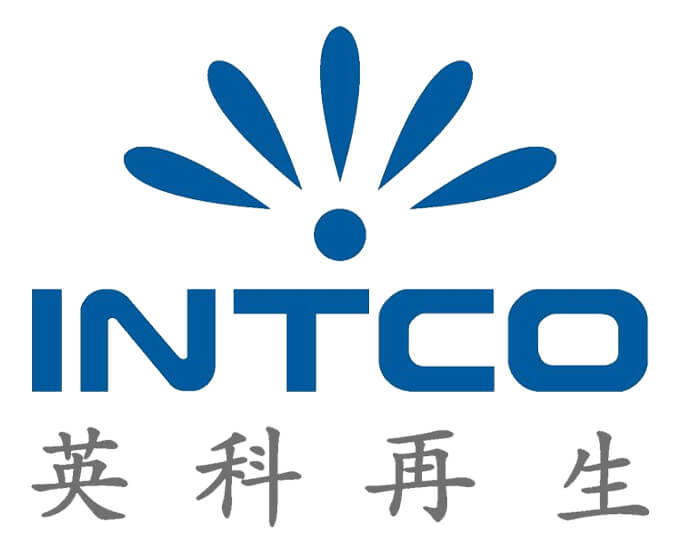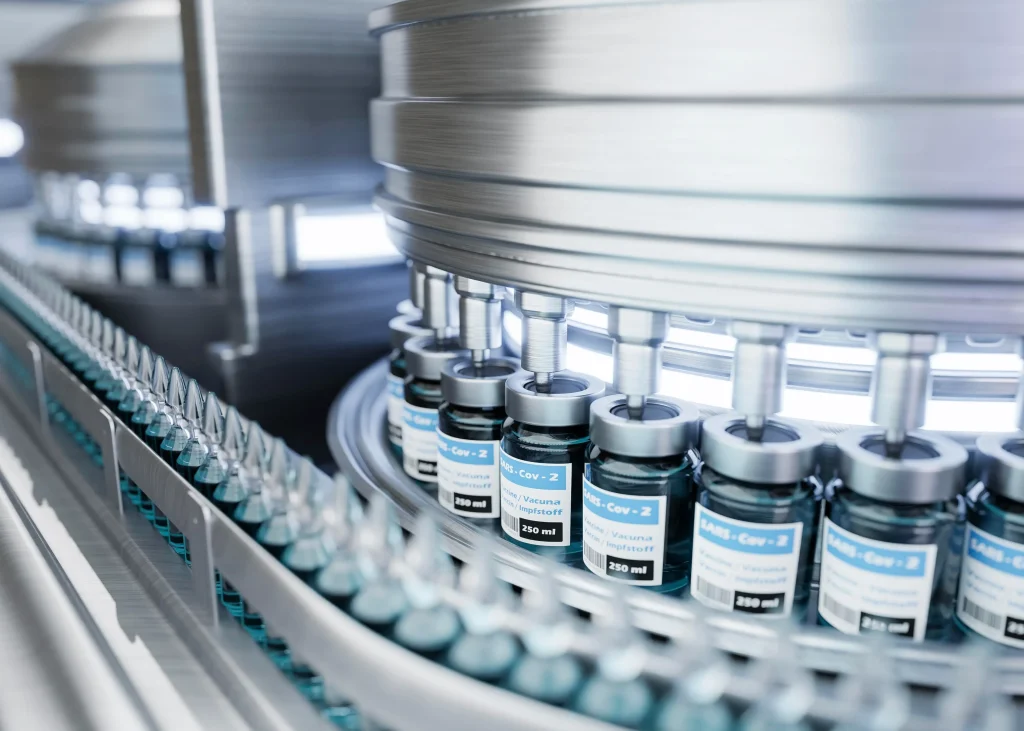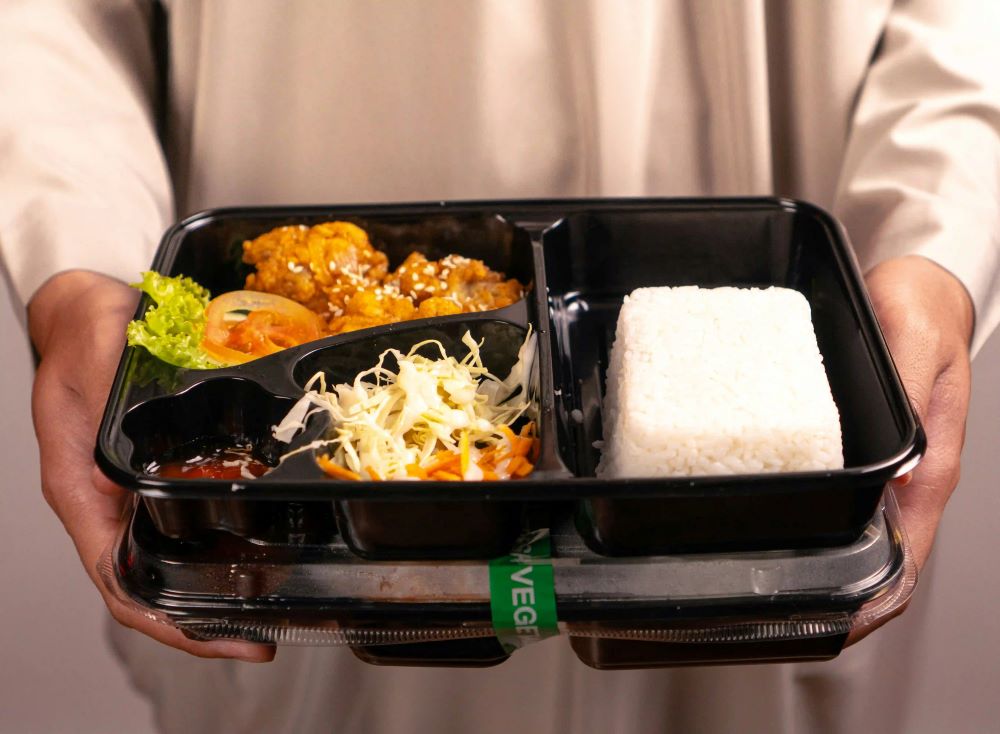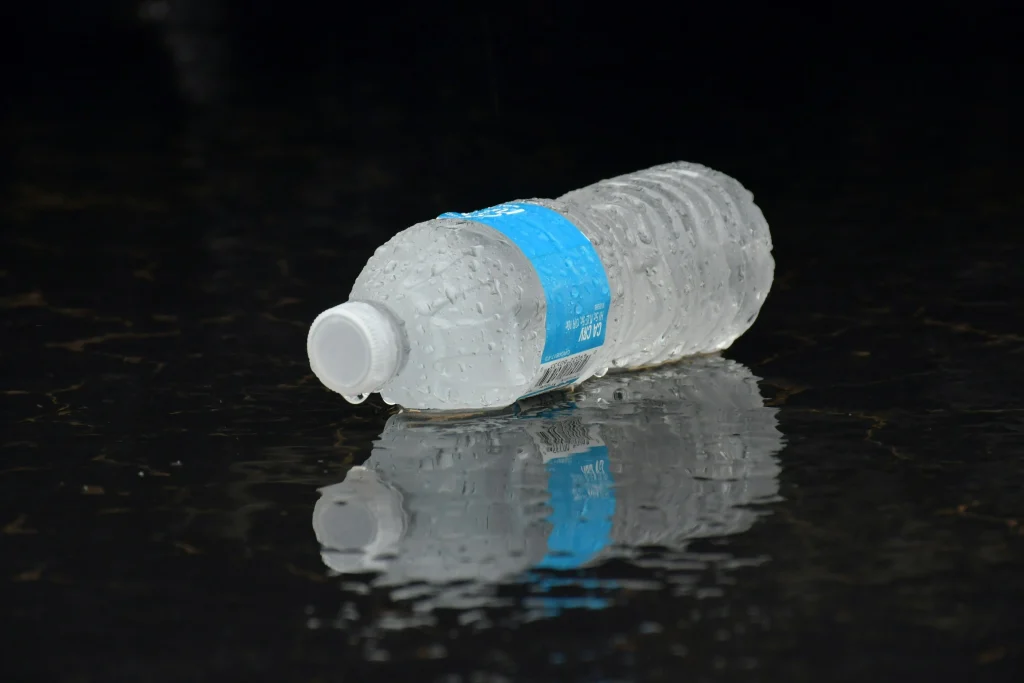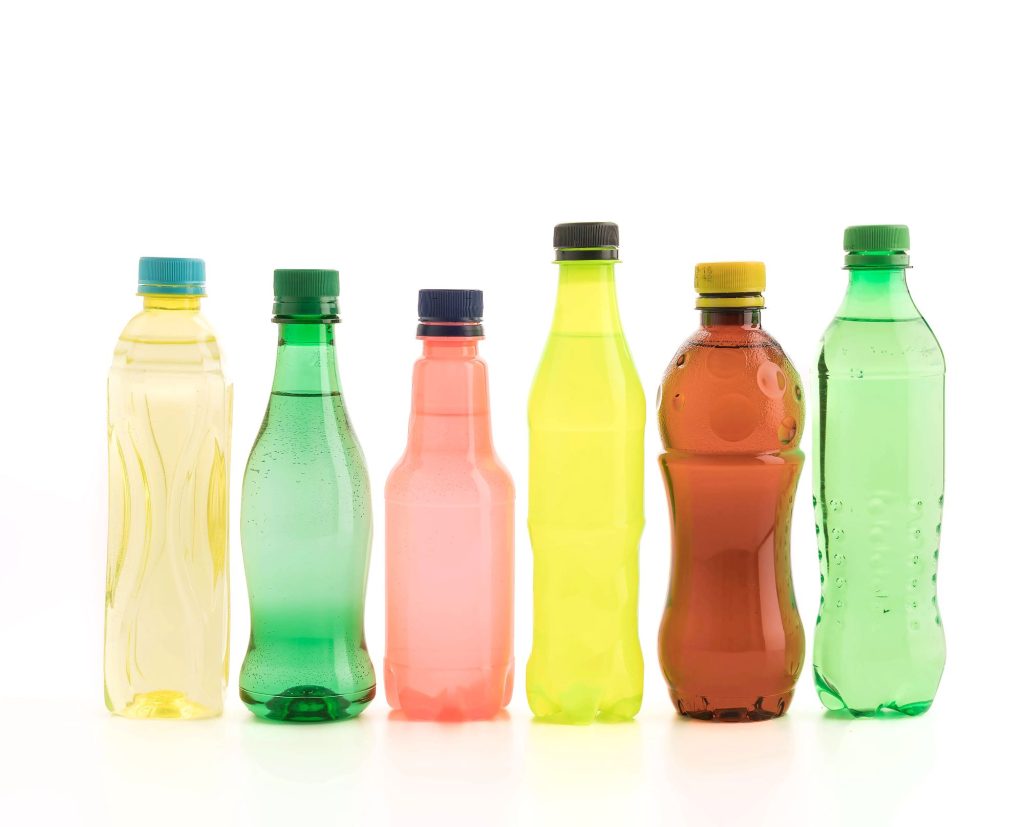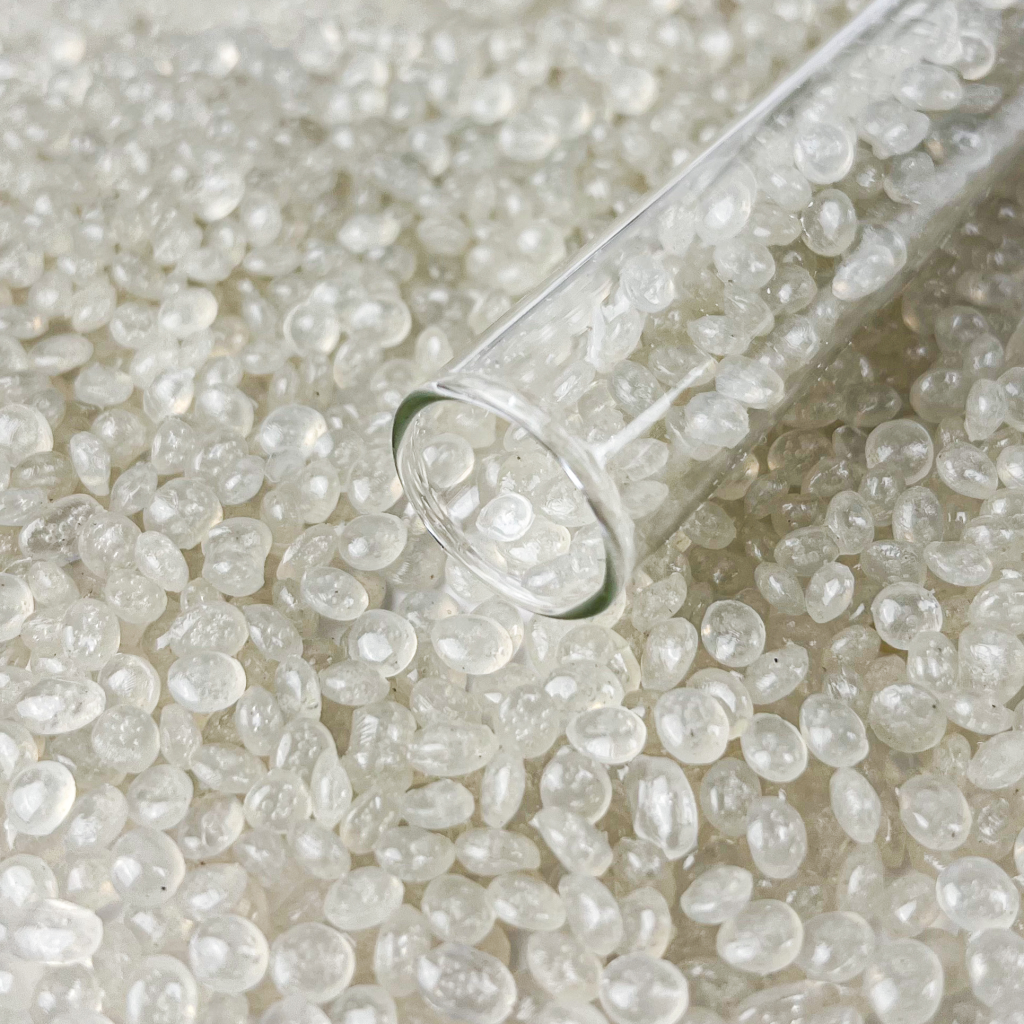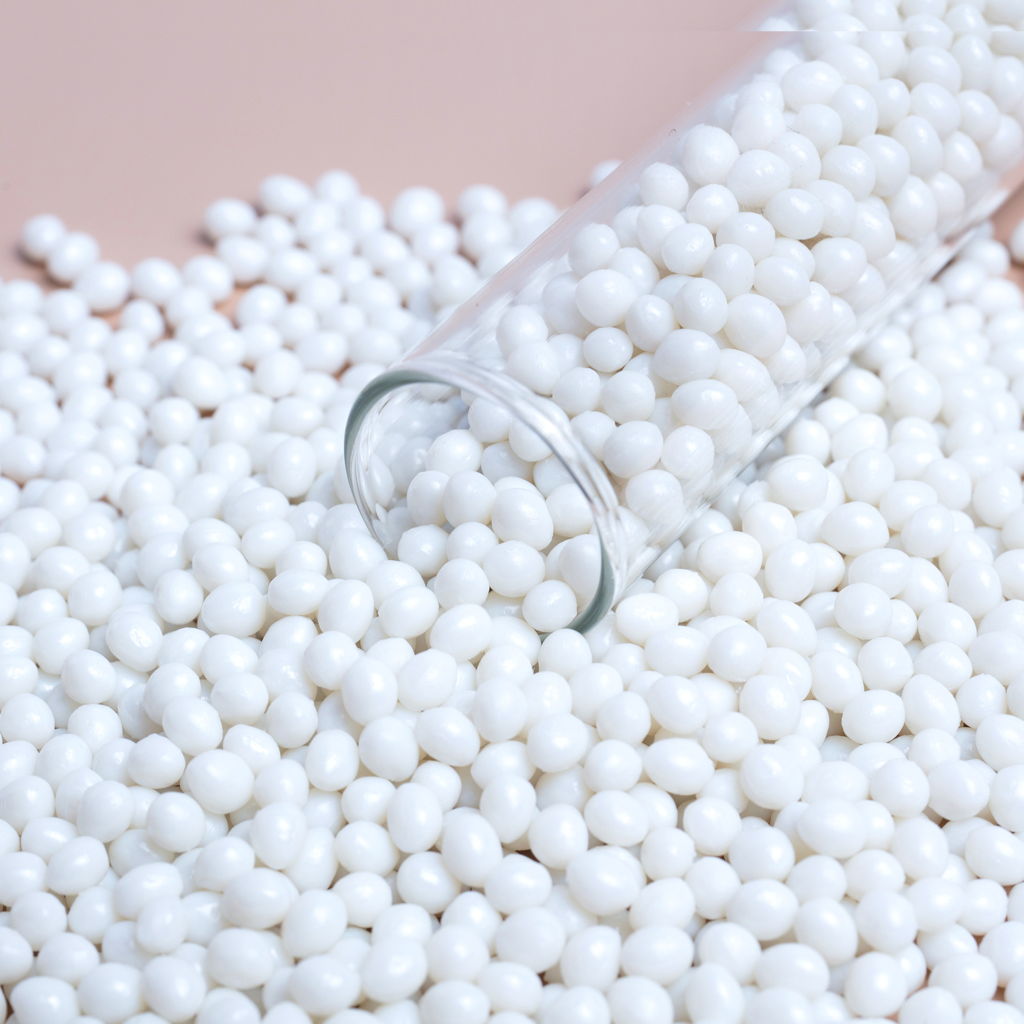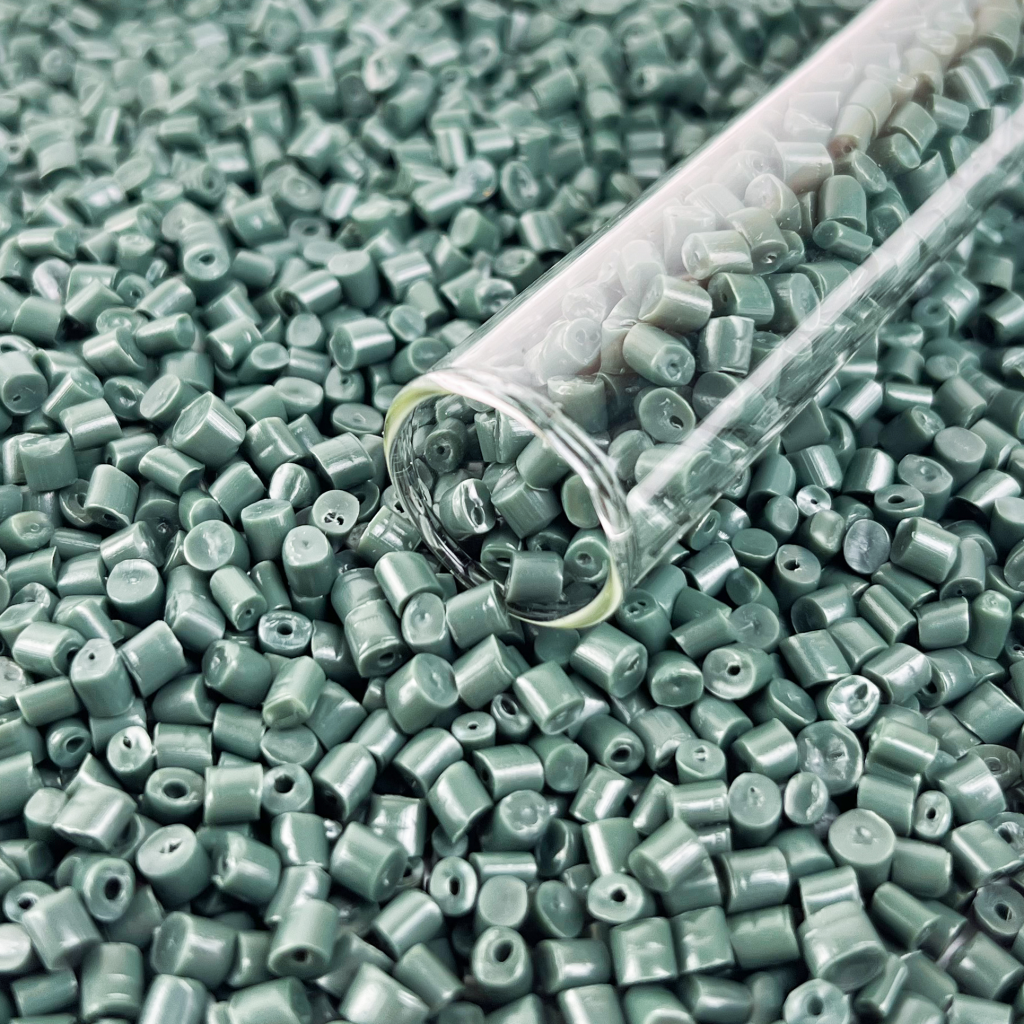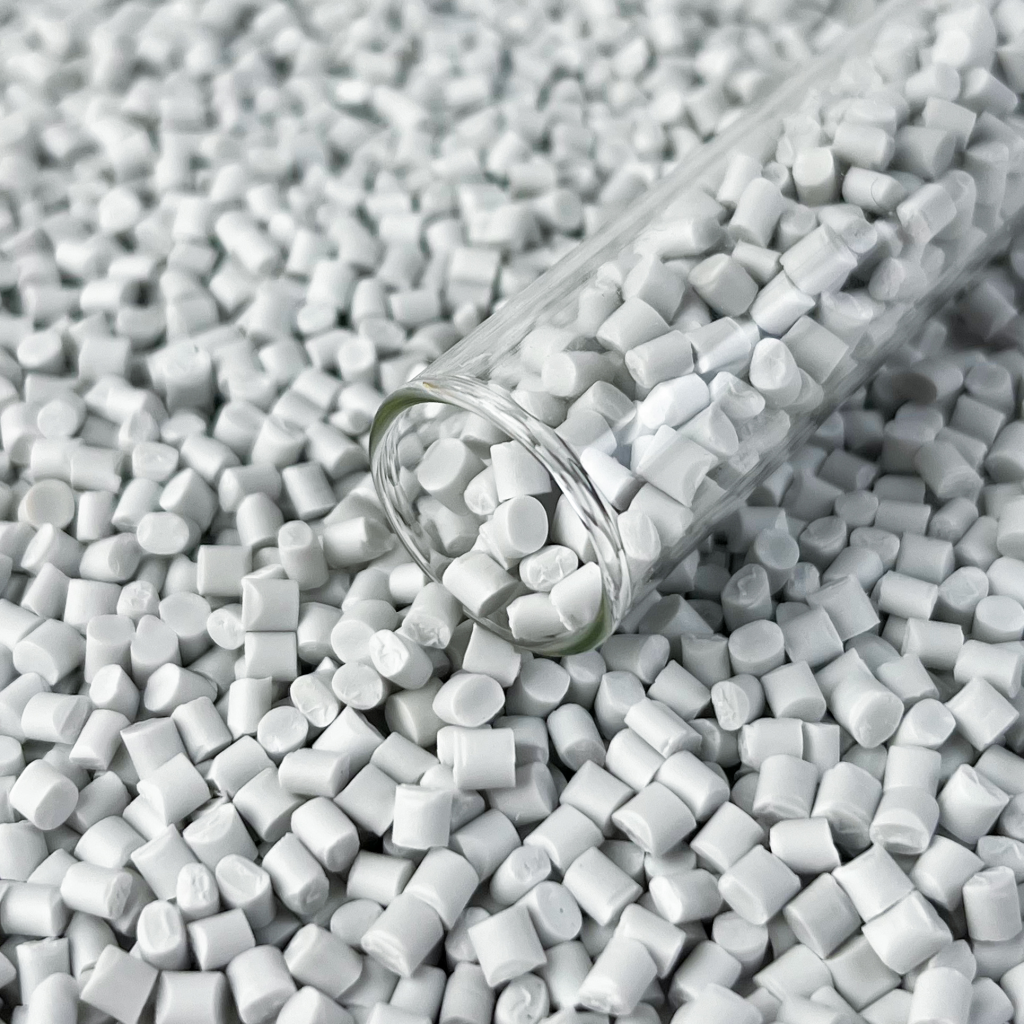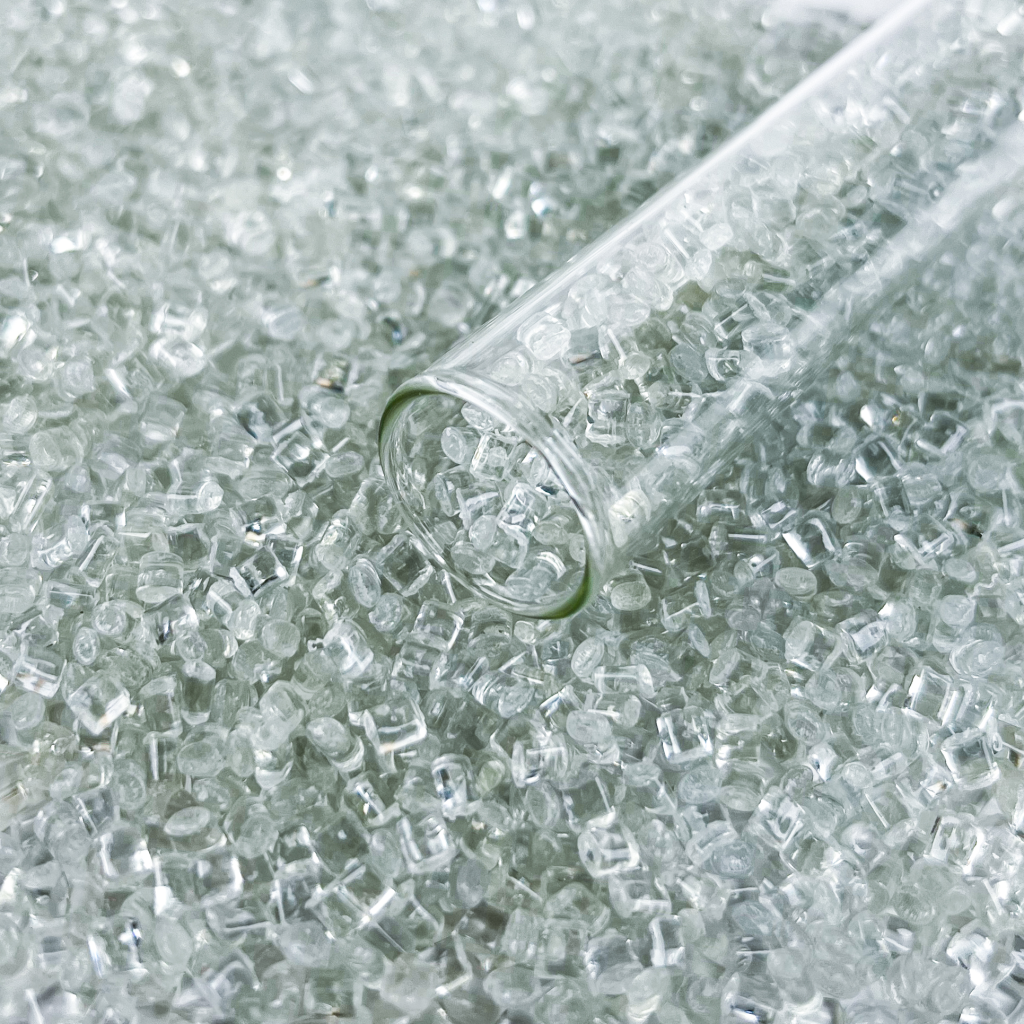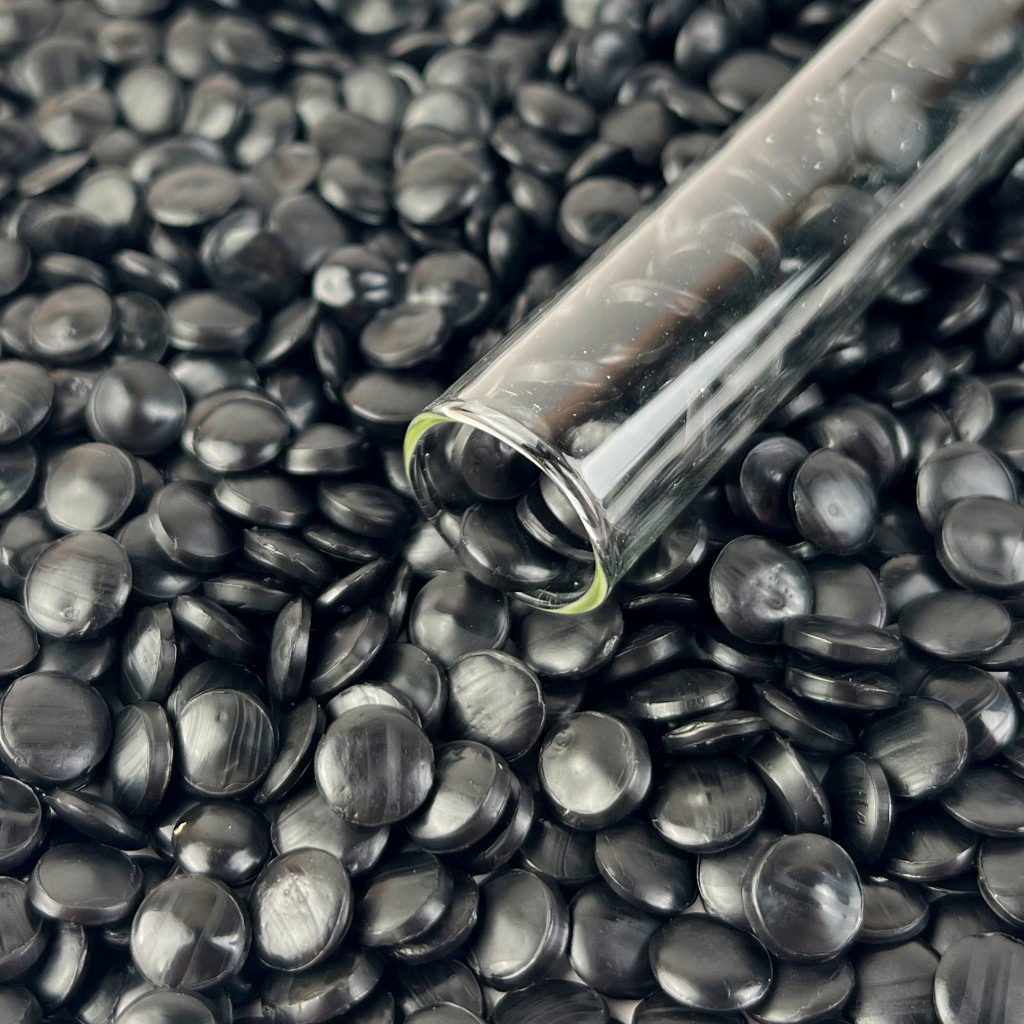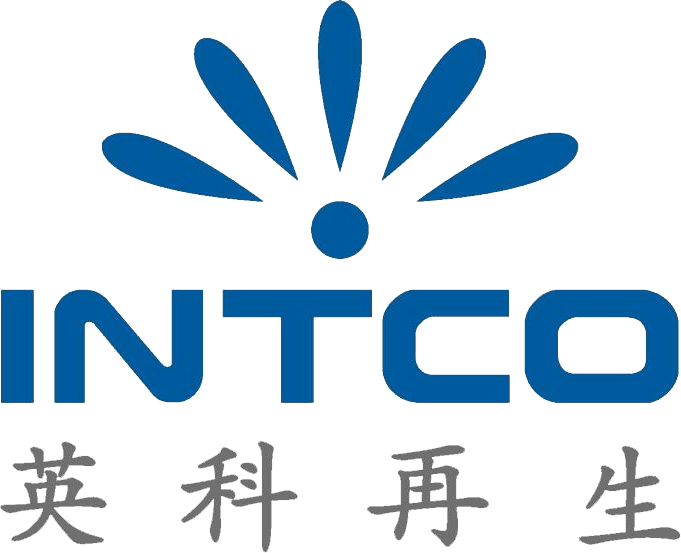Planning an event involves details to consider beyond just the location or date – even the cutlery you choose plays a crucial role in shaping your guests’ experience and the environmental impact of your event planning efforts! While disposable cutlery is convenient for occasions, it can be quite a task to select the best material given the multitude of options available in today’s market. This blog post is here to guide you in exploring the features of polystyrene (PS) plastic utensils and comparing them with options like plant starch material (PSH), crystallized polylactic acid (CPA), bamboo containers, and wooden cutleries.
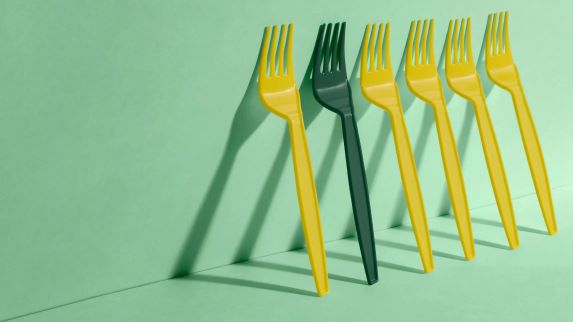
Why Choose Disposable Cutlery?
Disposable utensils have a role in multiple situations such as gatherings or office events where washing a lot of dishes would be inconvenient and unhygienic due to possible contamination risks when handling numerous guests. The diversity of materials in cutlery offers different features and drawbacks.
Decoding PS Plastic Cutlery
PS, or polystyrene, is a common material in disposable cutlery. Understanding its properties is crucial to determining if it’s the correct choice for your event.
What is PS (Polystyrene) Plastic?
Polystyrene belongs to the category of thermoplastics that can be softened by heat and hardened when cooled down. Its popularity stems from its affordability and simplicity in production. However, it’s crucial to note that not all plastics share the properties and polystyrene boasts unique traits that distinguish it from others. It is also known for being challenging to recycle due, to its nature.
Advantages of PS Plastic Cutlery
Cutlery is favored by many for reasons such as its sturdiness and shiny finish, as well as being budget-friendly and resistant to heat; it also comes in a variety of weights to suit different needs.

High Rigidity
One of the notable features of PS is its rigidity. This means that PS cutlery doesn’t bend easily, making it suitable for solid foods that require a firm utensil.
Glossy Finish
Typically in fancy party settings and upscale events, you would find that the silverware has a sleek appearance that adds a touch of sophistication not often seen in other types of disposable utensils.
Cost-Effectiveness of PS Plastic Cutlery
When trying to save money on expenses, many people opt for PS plastic utensils as they are usually cost-effective. This makes them a popular choice for gatherings or situations where disposable tableware is used regularly.
Heat Resistance
PS plastic utensils can withstand temperatures up to 180°F without warping or melting, though they may not be as resistant as some materials used for food service purposes in handling high heat levels typically encountered during meal serving situations.
BPA-free
Cutlery is usually free of BPA, which means you don’t have to worry about any harmful chemicals seeping into your food.
Availability in Different Weights
Cutlery comes in different weights: lightness for needs and heaviness for durable use, providing choices to match the occasion and food being served.
Disadvantages of PS Plastic Cutlery
While PS plastic cutlery offers benefits, it does come with a few drawbacks as well. One major downside is its tendency to break easily, particularly when exposed to levels of force.
Breakability
Plastic cutlery made of PS is quite stiff and can break easily when put under pressure as opposed to more flexible plastics.
Exploring Alternatives to PS Plastic Cutlery
PS cutleries may work well in situations; however, there are other materials, like plant starch material (PS), crystallized polylactic acid (PLA), bamboo, and wood that come with their own set of advantages and disadvantages.
| Material | Advantages | Disadvantages | Heat Tolerance | Compostable | Recyclable | Cost |
| PSM (Plant Starch Material) | Combining both durability and adaptability to withstand bending without snapping, and capable of withstanding temperatures to 200°F. | Costlier than transportation, with the downside of not being compostable or recyclable and having lower popularity. | 200°F | No | No | Moderate |
| CPLA (Crystallized Polylactic Acid) | This item is officially labeled as compostable. Can decompose within a span of 60 to 180 days. It can withstand temperatures up to 185 degrees Fahrenheit. | Rigid, prone to breaking under pressure | 185°F | Yes | No | Higher |
| Bamboo | This product is certified as compostable and sustainable. It is lightweight and smooth with the ability to resist heat up to 200°F. | Comes in colors and strengths with no standardized weights, delicate in nature. | 200°F | Yes | No | Higher |
| Wood | Certified as compostable and eco-friendly with heat resistance up to 200°F without the use of any chemicals. | The material is porous and can absorb bacteria and moisture. It is prone to cracking or splintering and tends to be on the pricier side. | 200°F | Yes | No | Highest |
Choosing the Best Cutlery for Your Event
Choosing disposable utensils requires thoughtful evaluation of different aspects like the kind of food you intend to offer at your gathering or party and your eco-friendly objectives, along with the budget allocated for the occasion.
Matching Cutlery to Your Food
The kind of food being served should impact your selection of utensils used for eating it. Like if you’re serving tough foods, in that case, you might steer clear of fragile options like PS and CPLA and opt instead for more durable choices, like wood.
Considering Environmental Goals
If sustainability is important to you, consider opting for cutlery crafted from eco-compostable materials, like bamboo, wood, or CPLA.
Balancing Budget and Quality
Your budget plays a big role in your decision. PS cutlery is an economical option, but if you need something more durable and eco-friendly, you might need to consider options like bamboo, wood, or CPLA, which are more expensive.
Intco Plastics: Your Reliable rPS Supplier
When opting for PS cutlery from Intco Plastics, understanding its origin and manufacturing process can be quite insightful as they are dedicated to crafting notch recycled polystyrene.
Intco‘s Commitment to Recycled Plastics
Intco prioritizes methods by emphasizing the recycling of plastic materials to aid different sectors, with high-grade recycled plastics support.
High-Quality rPS Pellets
Intco manufactures rPS pellets that uphold quality standards and consistency, guaranteeing the suitability of recycled plastics for premium products.
Conclusion
When deciding on the cutlery for your event you’ll need to think about a few things like price toughness, and how it affects the environment. PS cutlery is a budget sturdy choice but it might not be the best for the environment or long-term use. By knowing the advantages and disadvantages of materials like PS, PSM, CPLA, bamboo, and wood, you can choose wisely based on what’s important to you.
FAQs
How does PS plastic cutlery compare to other plastic options like polypropylene (PP) in terms of cost?
PS plastic utensils are usually the most affordable choice for disposable cutlery options; polypropylene is typically the least expensive alternative available.
Is PS plastic cutlery durable and strong enough for most uses?
Cutlery made of plastic is quite stiff, though it can be more prone to breaking when subjected to pressure compared to plastics that are more flexible.
What is the heat tolerance of PS plastic cutlery?
PS cutlery has a heat tolerance of up to 180°F.
